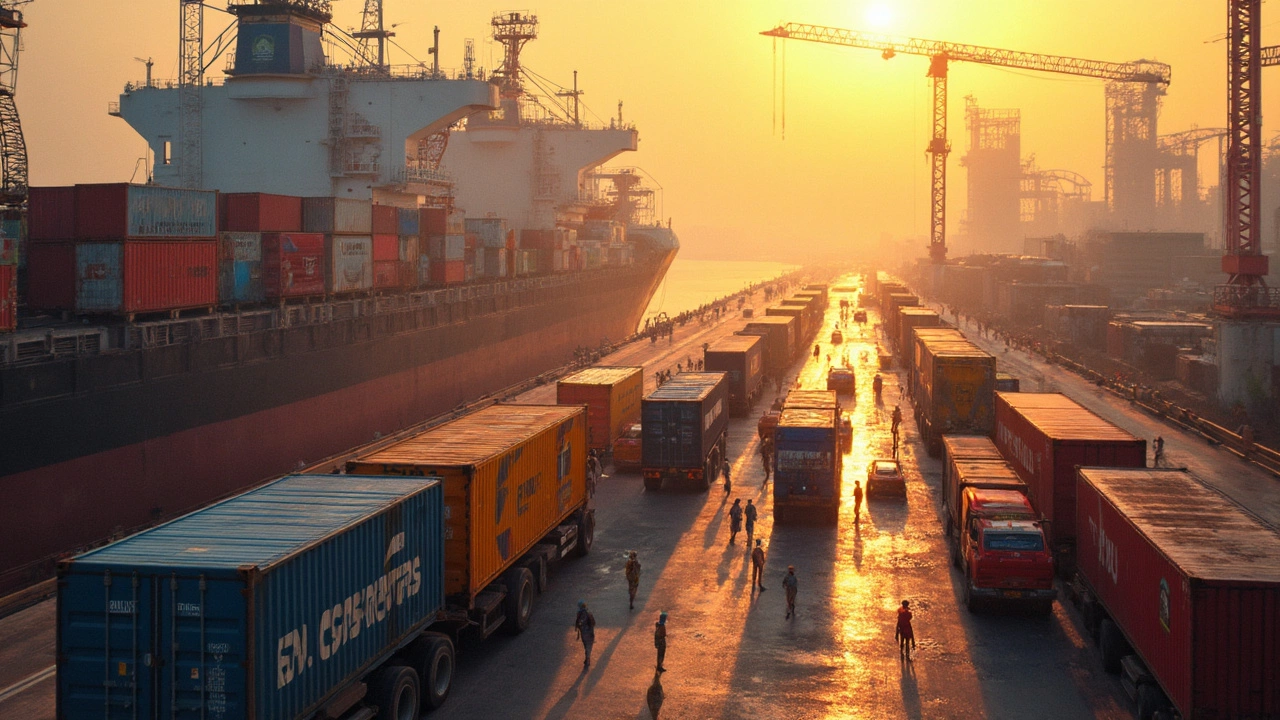Chemical Manufacturers in India: What You Need to Know
India’s chemical sector is growing fast, and new players are popping up every month. Whether you need raw materials for pharma, polymers for packaging, or specialty chemicals for agriculture, knowing the basics can save you time and money. This guide walks you through the most useful info, from market trends to choosing a trustworthy supplier.
Key Trends Shaping the Chemical Manufacturing Sector
First off, demand for green chemicals is soaring. Companies are investing in bio‑based feedstocks and waste‑to‑value processes to meet stricter environmental rules. You’ll notice more manufacturers advertising "sustainable" or "low‑VOC" labels on their product sheets.
Second, digital tools are becoming part of daily operations. Real‑time monitoring, predictive maintenance, and cloud‑based ERP systems let factories cut downtime and improve quality. If a supplier mentions a smart plant, expect faster turn‑around and consistent batch results.
Third, government schemes like the Production‑Linked Incentive (PLI) for chemicals are pumping extra capital into the sector. This means newer plants, higher capacity, and often better pricing for bulk orders. Keep an eye on which manufacturers have taken advantage of these incentives – they’re usually more competitive.
Tips for Selecting a Reliable Chemical Manufacturer
Start with certification. Look for ISO 9001, ISO 14001, and any industry‑specific approvals such as US FDA or EU GMP if you’re in pharma. These certificates prove that the plant follows recognized quality and safety standards.
Ask about raw material sources. A manufacturer that relies on imported feedstock might face price swings, while one that uses local resources can offer stable rates. Understanding the supply chain helps you predict cost changes.
Check production capacity and lead times. Small batch shops are great for custom formulas, but they may need extra time for scaling up. Large OEM facilities can handle big orders quickly, but they might be less flexible on minor formula tweaks.
Visit the plant if you can. Seeing the facility, talking to engineers, and watching safety protocols in action gives you confidence. If a visit isn’t possible, request a virtual tour or detailed photos and videos.
Finally, compare pricing structures. Some manufacturers charge per kilogram, others add handling fees or minimum order amounts. Ask for a clear quotation that lists all hidden costs so you can compare apples to apples.
By focusing on these practical factors – certifications, supply chain transparency, capacity, site visits, and clear pricing – you’ll narrow down the list to partners who can deliver on time and meet quality expectations.
In short, India’s chemical manufacturers offer a mix of traditional expertise and new‑age technology. Stay aware of sustainability pushes, digital upgrades, and government incentives, and you’ll be in a strong position to pick the right partner for your project.

Chemical Manufacturers India: Which Chemical Is Mostly Imported?
India's chemical industry is huge, but not every chemical is made locally. The country heavily relies on imports for certain raw materials and specialty chemicals. Want to know which chemical tops the import charts in India? This article breaks down the reasons, highlights major import sources, and explains what it means for manufacturers and consumers. Whether you're in the business or just curious, you'll find practical details and useful tips here.
Read More
The Most Profitable Chemical Businesses in India: A Deep Dive
In the bustling arena of India's chemical sector, identifying the most profitable businesses is key for investors and entrepreneurs alike. This article explores various segments within the industry, shedding light on which ventures hold the greatest potential for profitability. From specialty chemicals to petrochemicals, understanding market dynamics and growth opportunities can guide strategic investments. Dive into the economic trends and successful strategies that currently define India's chemical landscape.
Read More